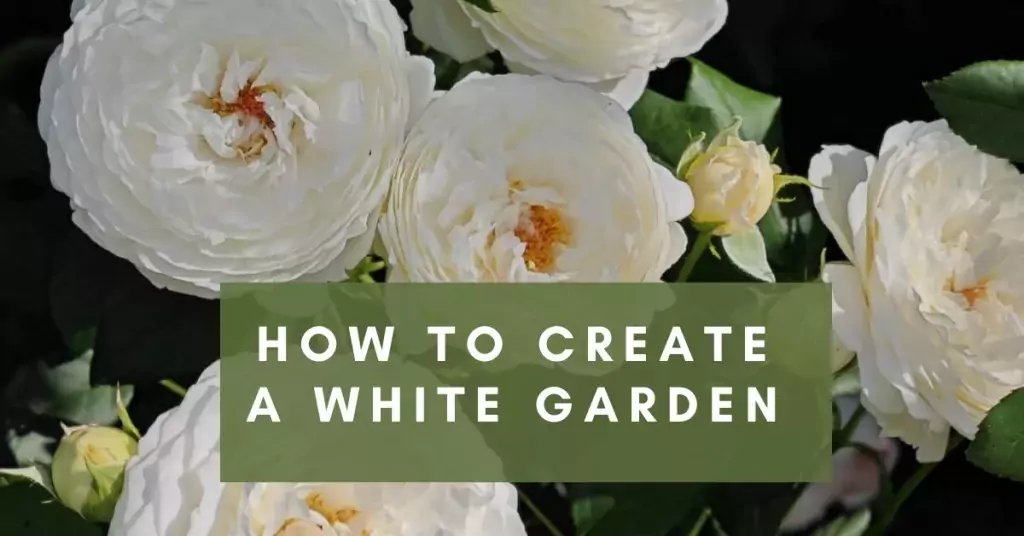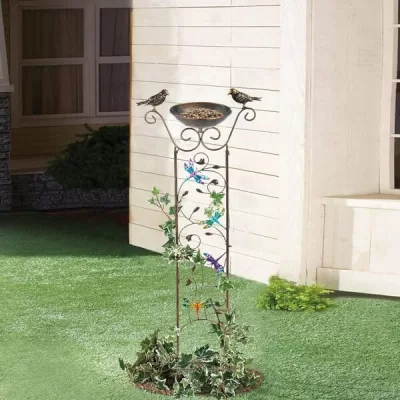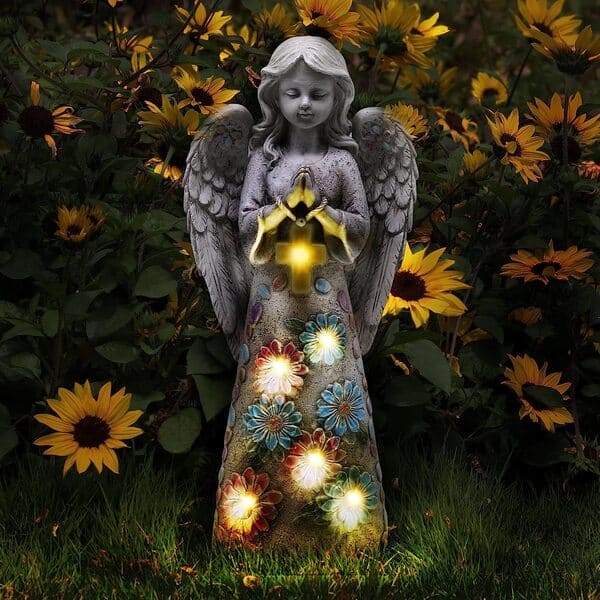The charm of white gardens lies in their ability to cultivate an atmosphere of peace and serenity. The monochromatic palette of white, cream, and silver imparts a calming effect and plays with light, making your garden feel more spacious and open. Imagine a space that complements any architectural style and seamlessly integrates with the surrounding landscape – that’s the magic of a white garden.
A white garden is a subtype of monochromatic garden meticulously curated with specific materials, plant varieties, and an overarching theme of “dominant monochromatism.” These gardens boast blooms in shades of white (or neutral tones), silver-edged or white-variegated foliage, and white fruits. One fascinating interpretation is the Moon Garden, a landscaping technique that leverages the reflective quality of light surfaces during the night, allowing you to perceive and enjoy the landscape around the clock.

@charleygreyantiques
Historical Background White Garden:
The origins of this style trace back to China, where gardens were designed for meditation. The “moon concept” flourished in Japan, emphasizing contemplative spaces with vital elements like water, light sand, stones, and slabs. India embraced the trend from the 17th century onward, featuring “memorial” gardens abundant in fragrant white flowers like lilies, narcissus, and jasmine. In the mid-19th century, the United States witnessed the creation of a sizable and slightly eccentric Moon Garden. Established in 1833 by Benjamin Pur at Indian Hill in Massachusetts, this garden showcased long flower borders filled with perennials and shrubs boasting white blossoms.
The Allure of White Gardens:
White gardens, especially those adorned with white flowers, are rightfully considered the epitome of elegance and refinement among monochromatic compositions. The temptation to create such a garden is undeniable, especially considering the ample artistic resources at the creator’s disposal. However, the seemingly simple task of establishing a white garden presents challenges that are not immediately apparent.
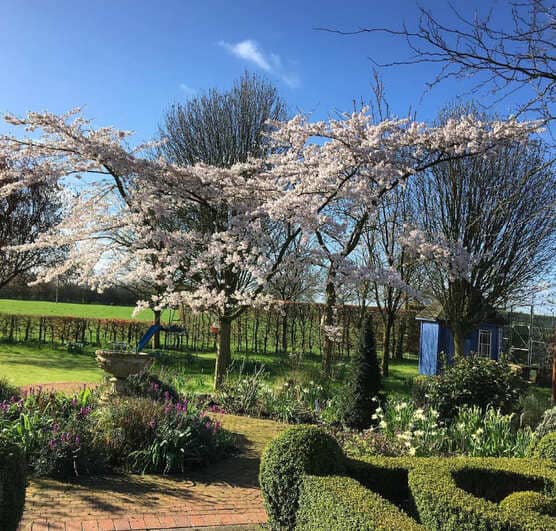
@applewhitegardendesign
The idea of a white garden has likely existed for as long as the art of landscape design itself. The allure lies in the aesthetic appeal and the timeless concept of crafting a space that transcends the ordinary, creating a haven of tranquility amidst the world’s chaos.
Basic Principles of White Garden Design:
Designing a white garden is akin to a delicate dance of balance and contrast, where the interplay of textures, forms, and structures adds depth to your canvas. Focal points and well-planned pathways guide the gaze, creating an engaging experience. The key is to craft a cohesive space yet brims with surprises at every turn.
Choosing the Location:
Establishing a “White Garden” involves allocating a dedicated portion of your space, creating a secluded corner or a contemplative room outdoors. Opt for an open, well-lit area away from traffic and artificial lighting. Encircle the perimeter with relatively tall plantings, integrating live hedges, arches, screens, pergolas, or lightweight walls for a sense of enclosure and delineation.
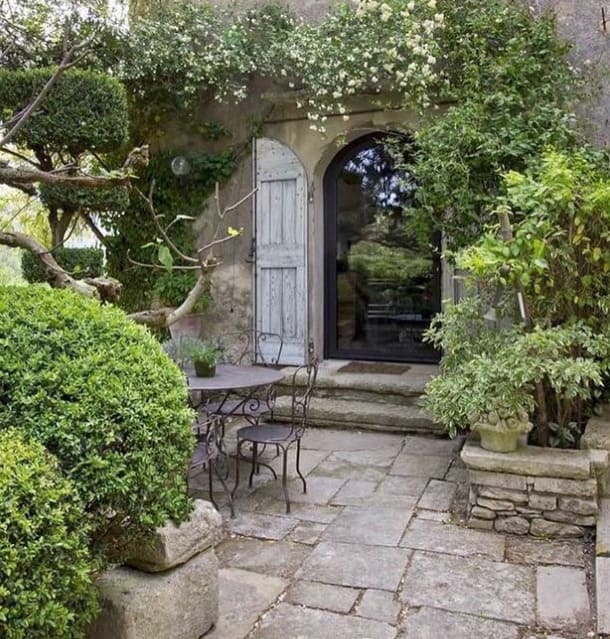
@charleygreyantiques
The Presence of Water:
Contemplate the addition of a small pond reflecting the greenery, enhancing the garden’s luminosity at night. Alternatively, introduce a stream or discreet fountain with a gentle murmur of water, contributing to the soothing ambiance.
Pathway Network:
The pathway network serves as a boundary between open spaces and plantings. It may function as a central axis in classic layouts, dividing the area into equal mini-plots. Opt for light or weathered materials like stones, blocks, old bricks, pebbles, gravel, or seashells for simple walkways, intermittently lost in the grass.
Small Architectural Elements:
Embrace light and airy small architectural elements – delicate gazebos, vases, benches, and garden furniture. Sculptures, preferably in classic styles, add an extra layer of elegance. Materials like wrought iron (occasionally in white), concrete, and marble are ideal. Consider the subtle use of textiles to enhance the atmosphere.
Technical Enhancements:
Illuminate your garden at night with fixtures featuring frosted glass, create a “starry sky” effect with garlands, or introduce table candles in enclosed lanterns. Low-ground or embedded fixtures work well for pathway lighting. Enhance the ambiance with an outdoor sound system, playing calming orchestral compositions or relaxing tunes.
As you create your white garden sanctuary, remember these principles, blending creativity and practicality to fashion a space that exudes tranquility and surprises at every step. Stay tuned for more insights as we journey into the enchanting world of white gardens.
Bury Boulders:
Create a natural and exciting landscape by burying boulders up to the soil line rather than placing them on top. Use boulders sparingly for accent, avoiding an overwhelming lunar landscape. Choose rocks indigenous to your region for a more authentic feel
Make Mounds Subtle:
If incorporating mounds for topographical interest, ensure the slope is gradual and not higher than 24 inches from the base. Steep, high mounds can lead to irrigation challenges and drainage problems, as water tends to roll off instead of being absorbed.
Select Uniform Hardscape Materials:
Choose hardscape materials that share similarities to make small yards appear larger. Use only a few different materials, as this can create a disconnected look. Repetition is vital for a cohesive design, even when using more than one material.
Design for Activities:
Plan your outdoor space based on different activities, similar to organizing rooms inside your home. Design distinct areas for gardening, swimming, dining, cooking, and lounging. This approach ensures a flowing landscape that maximizes the use of space.
Add Focal Points:
Incorporate focal points such as sculptures, water fountains, unique rocks, architectural plants, or specimen trees that change color throughout the year. Focal points personalize your garden and add visual interest.
Less is Often More:
Avoid clutter by limiting the number of rocks, pots, sculptures, and ornaments in your garden. Opt for two or three large jars and one or two prominent sculptures for focal solid points instead of overwhelming the space with too many elements.
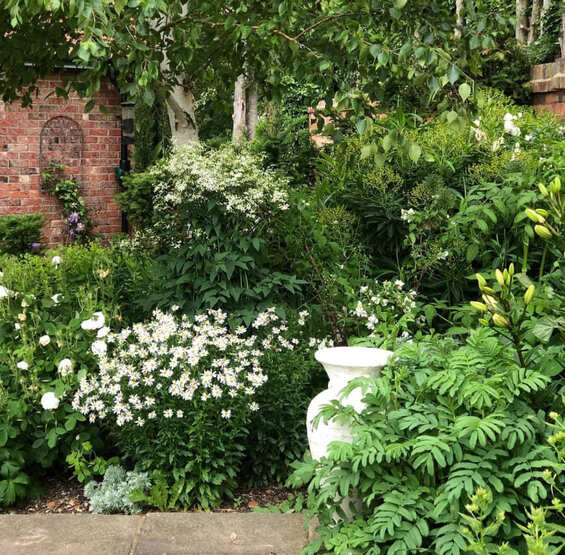
@applewhitegardendesign
Add Levels for Interest:
While hardscape for entertaining should be at one level for ease of movement, elevation changes can add drama and separate outdoor activities. Utilize natural changes in terrain to terrace a hillside or create visual interest.
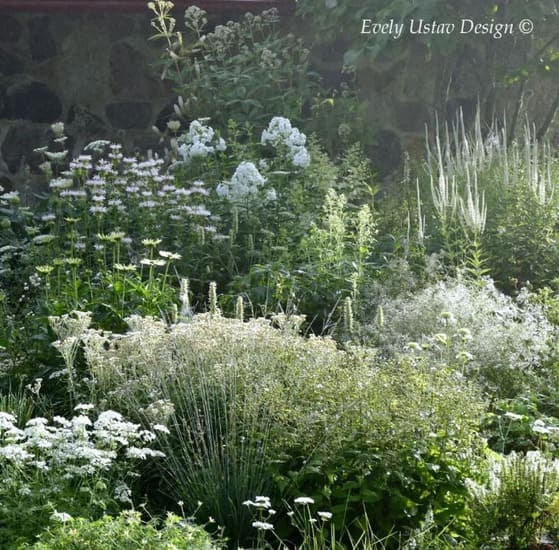
@ustav.design
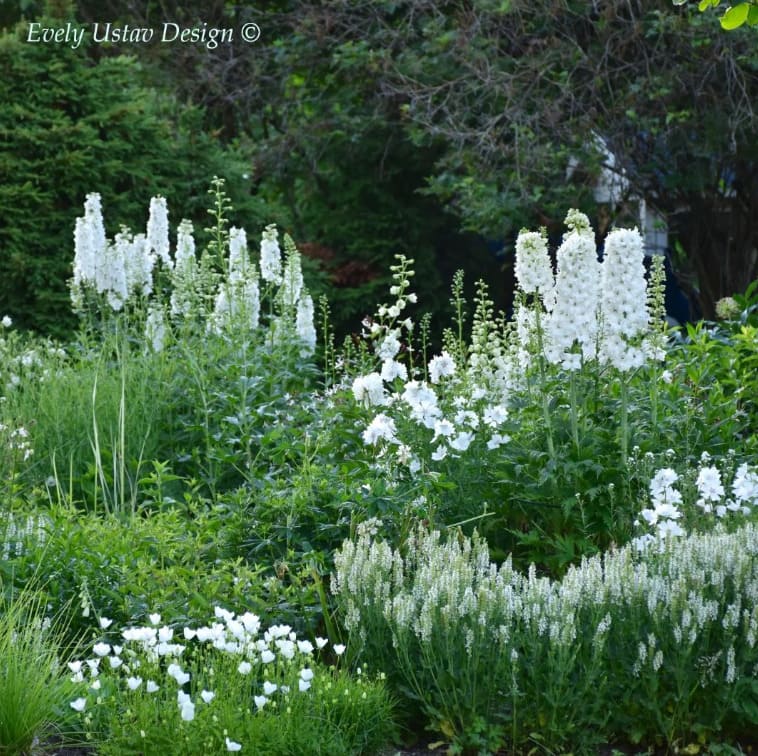
@ustav.design
Add Details:
Small elements can significantly impact the cohesiveness and beauty of a landscape. However, keep these elements stylistically and proportionately appropriate to maintain harmony. Contemporary designs can benefit from subtle details that complement the overall theme.
Limit and Organize Plants:
Use plants in repetition for maximum effectiveness. Formal designs benefit from even numbers of plants, while natural designs thrive on odd numbers with random placement. Single plants should act as focal points and be large enough to command attention.
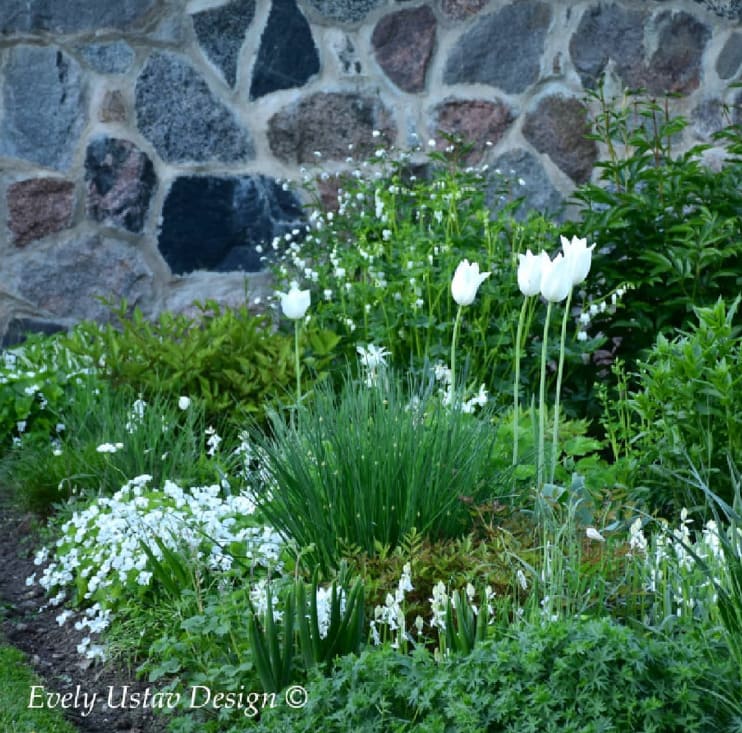
@ustav.design
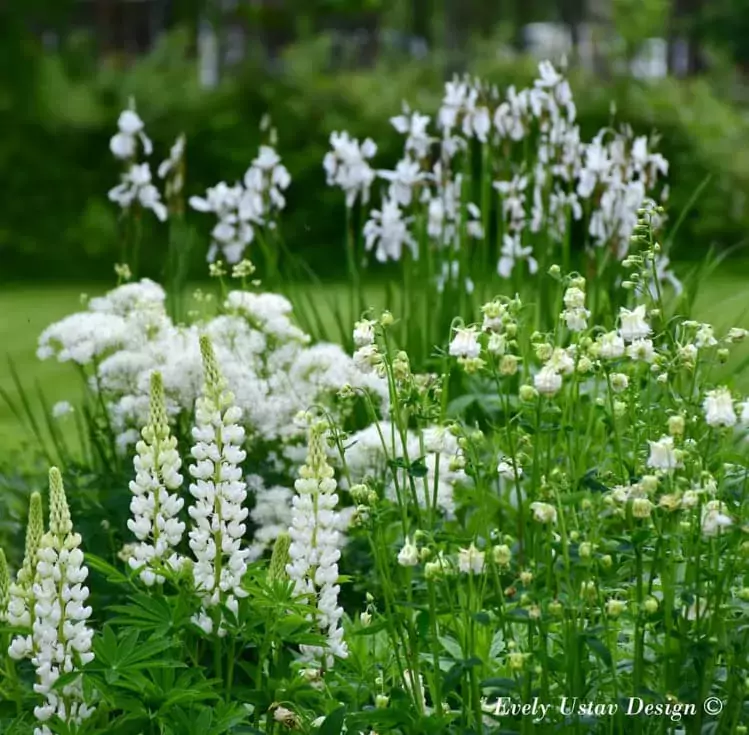
@ustav.design
Plant with Colors and Textures:
Consider your color palette and style when selecting plant varieties for your garden. Think about the mood you want to evoke and the overall theme of your landscape.
Remember, your plant selection plays a crucial role in shaping the personality of your garden. The thoughtful combination of colors and textures transforms your outdoor space into a living canvas, reflecting your unique style and aesthetic preferences.
Which plants to choose for a white garden
In a White Garden, plants take center stage, playing a solo role in the landscape. Trees, shrubs, vines, grasses, perennials, and annual flowering plants are all utilized. Preference is given to varieties with excellent “reflective ability,” featuring white or whitish inflorescences, silver and variegated foliage, and white or light-colored stems, branches, and fruits. Green foliage in all shades serves as a backdrop, avoiding brightly colored forms such as red or yellow leaves.
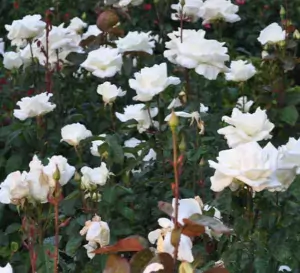

Grasses and Beautiful Climbers:
Ornamental grasses and beautifully blooming climbers dominate the plantings, with trees and shrubs playing a secondary background role.
Flowering plants are arranged in tall groups, artistic blocks, or lines in circular or one-sided compositions.
Maintaining a layered structure and playing with textures are essential to reveal the individuality of each plant.
A combination of traditional and rare plants is favored, avoiding an excessive variety of species.
Aromatic and Sound-Enhancing Plants:
Plants with vibrant daytime and night-time scents, including herbs like thyme, mint, oregano, and rosemary, are added to the composition.
Plants that create soothing sounds, such as rustling leaves, ornamental grasses, trees, and shrubs with airy canopies and winged seeds, are welcomed.
Plant Selection by Season:
Spring:
Early spring features bulbs like snowdrops, anemones, white crocuses, and daffodils, creating beautiful carpets alongside white primroses.
May brings elegant flowers like Lily of the Valley and delicate white bleeding hearts (‘White Swan’ or ‘Albina Plena’).
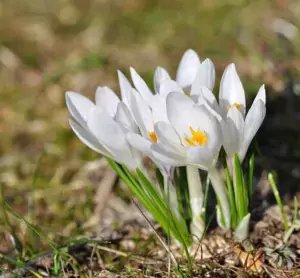
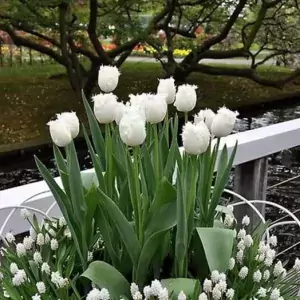
Summer and Autumn:
Peonies take center stage in early summer, followed by the majestic presence of white roses.
Late spring to early summer showcases the bloom of lupines, iris, and various bellflowers.
Roses continue to reign in July, accompanied by the enchanting fragrance of astilbes and heathers.
The second half of summer sees the dominance of fabulous white phlox varieties and exquisite white daylilies.
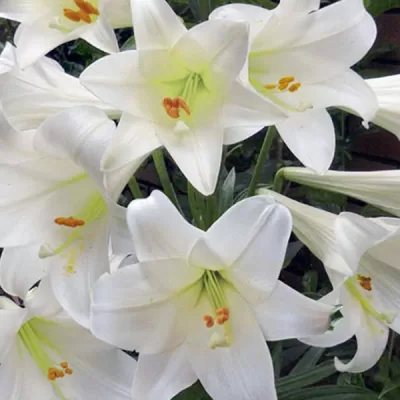
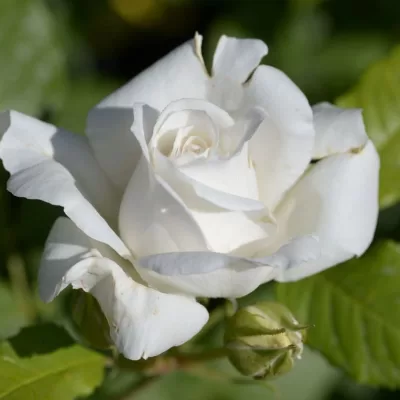
Shrubs for a White Garden:
Viburnum ‘Boule de Neige’ and Spiraea ‘Grefsheim’ create snowball-like blooms in spring.
Lilacs and deutzia add fragrance and elegance.
Hydrangea paniculata ‘Silver Dollar’ maintains white blooms until deep into autumn.
The white berries of snowberry bushes add charm to the fall garden.
Silver-Colored Plants:
Include various silvery plants like artemisias, lavender, Byzantine lamb’s ear, and cineraria for added architectural interest, especially during winter when covered in snow.
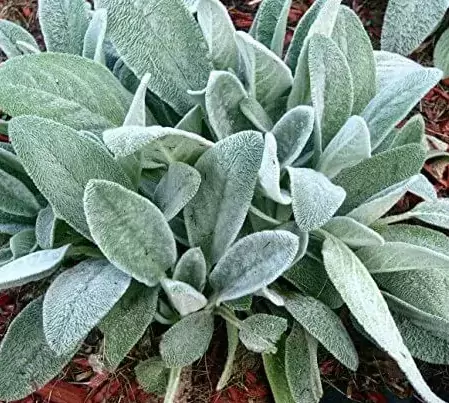
Creating a White Garden requires the expertise of an experienced gardener or landscape architect, emphasizing the importance of finding a unifying theme and imbuing the garden with a specific philosophy. The careful selection and arrangement of plants based on their reflective properties, seasonal blooms, and aesthetic appeal contribute to the overall success of a stunning White Garden.
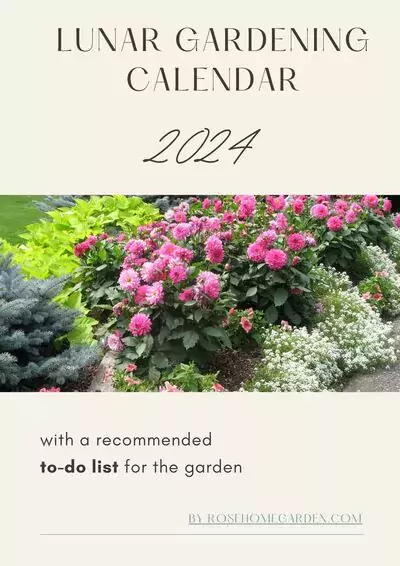
Get Your Free Lunar Gardener's Calendar 2024!
Join the Lunar Gardening Revolution! Subscribe now to receive our exclusive Free Lunar Gardener’s Calendar for 2024. Harness the power of the moon to optimize your planting, nurturing, and harvesting.

